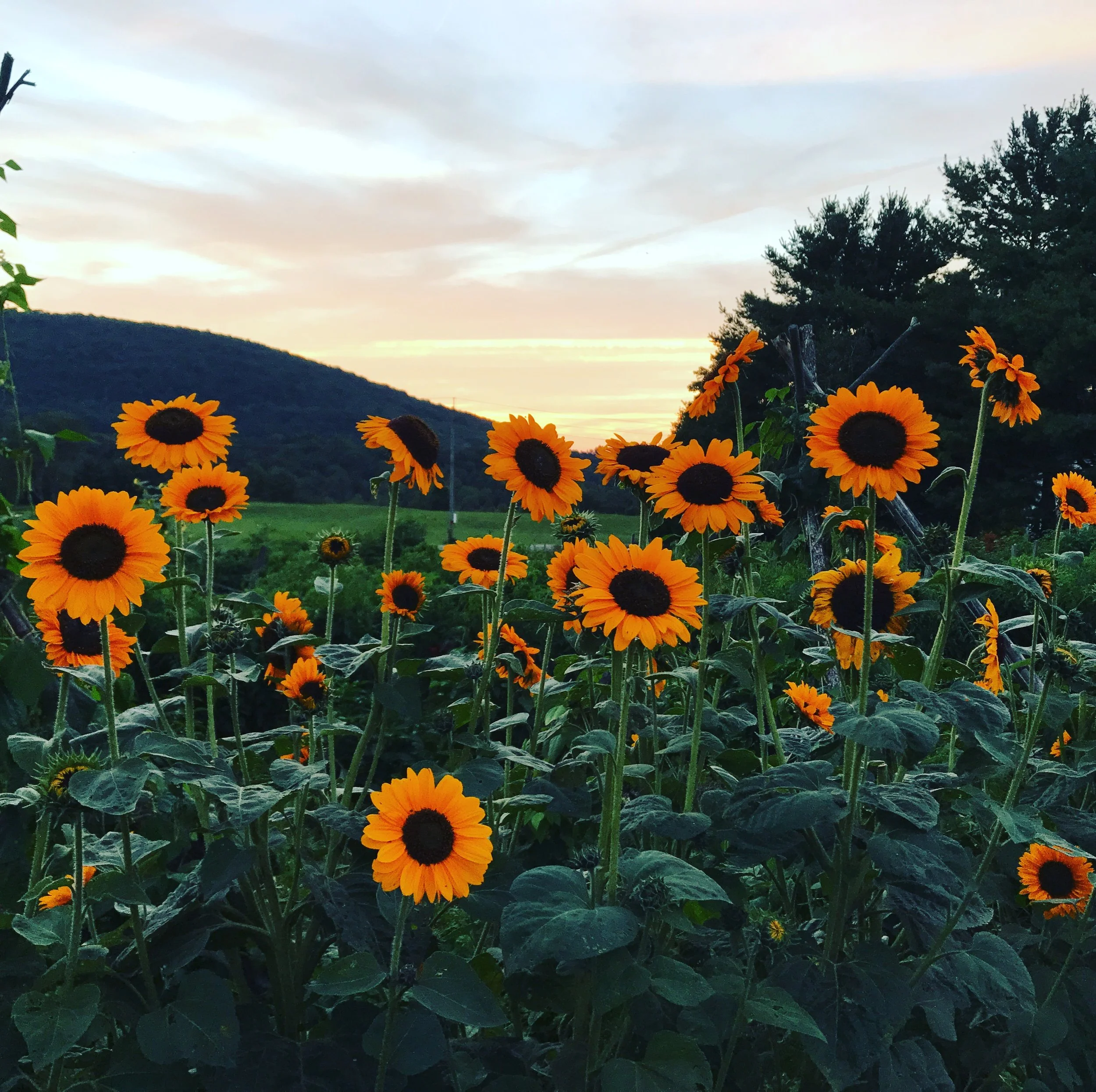Before I raised our own beef, this goes back over 20 years ago. I never paid any attention to how meat was raised much less butchered. I knew nothing about aging of meat, honestly I knew nothing about raising animals.
Since then I've learned a lot and I'm always finding out something new. What also comes with new information is controversy. It also comes with misleading marketing to get your attention. I get it. I do. I also know marketing is key to any successful business. Farms are a business that produces a product to sell marketing is part of that business. I'm not a marketing expert but I do have quite a bit of training lately in that area. I wish I could just be the person raising your food but as a small operation I have to do many things. Like write articles to share information with you, help you make the most of our products and just to let you in on what it takes to raise food here in CNY.
We have chosen to sell not to wholesalers or restaurants but to YOU so YOU can feed your body and your family good food. I'm taking this space to clear up a few things from my perspective and knowledge.
All beef you can buy from a farmer either at the farmers market by the cut or when you buy large amounts like a 1/2 beef it will be DRY AGED. Period. Fact. It has to be DRY AGED there is no other option for all of us selling to you. There is Wet aging and I explain that at the end.
It is most often USDA inspected which is a good thing.
But what is aging about? In the most basic of terms aging is the carcass hanging in a temperature and humidity controlled refrigerated room as it cools and then this time it is there aids in the breakdown of the muscle to increase the flavor and texture, it will also lose some moisture.
There is lots of controversy and heated arguments abound over how long beef needs to be aged for the best result. I avoid arguments when I can so instead I'll share how ours is aged.
Simply: Our is aged anywhere from 9-12 days. This is what our USDA inspected butcher prefers and with real 100% Grass fed Beef it needs nothing longer- in my opinion and talking about OUR BEEF. Longer time actually means more loss of moisture and can result in loss of meat. With our Grassfed Beef we don't want to lose any moisture or fat or meat, it doesn't need to lose anything!!!!
Some beef may actually need longer aging times usually because of the fat on the carcass and internal moisture which often resulted from the GRAINS and CORN it was fed. Our beef has never been fed any grain or corn in any form at all, ever.
Is Aging important? Sure it is without it the beef quality will be dismal. But it is one very small part of a multi year process of putting steak or burger on your plate. What really matters TO US is that the animal was raised well on great grasses which is it's natural diet. This takes TWO YEARS from birth to finish to raise good beef on grass alone in CNY. It also takes a lot of land and some really good management from us. Twenty years of experience is what each of us has and our son was raised on this. 20x3=60 years experience. Something we are really proud of.
There is another type of aging that is now used and only found in grocery stores it's called Wet Aging. You would see this as a sealed package where the oxygen has been removed and often a liquid has been injected into the package and meat. Often that liquid is a water and sodium solution sometimes it also has sugar and seasonings. So if you choose that package read the label and see if there is an additive. The Wet aging since the Oxygen is removed now can be "preserved" longer so it is safe for eating for a longer period of time. Great so the stores don't lose money when meat "goes bad" and it's convenient for you plus some food safety problems are avoided. All those are good things. Meat from small farms who are selling to YOU don't use wet aging, it's only done in those massive factories processing the meat. It's not an option and not one we'd be interested in at our scale anyways.
You can decided what you prefer and what matters to you.
Thank you for reading and I hope this helps you understand just a little of what we do and why we do it and how we do it.
Eat better meat which nourishes your body naturally and tastes great!














